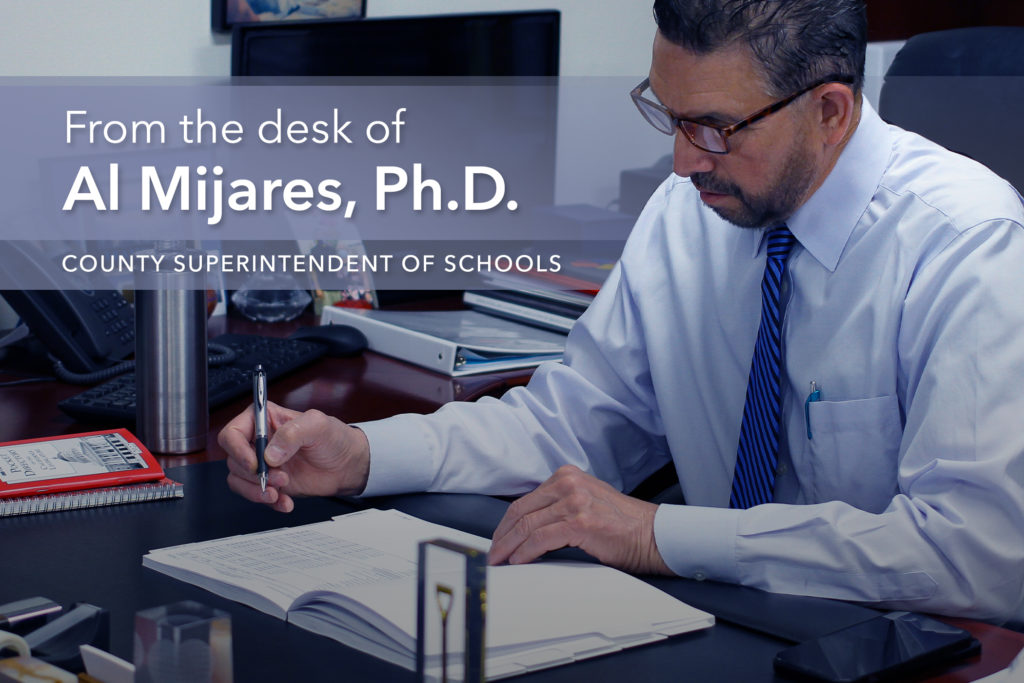Our country has long likened its drug prevention efforts to a war, marshaling resources at the local, state and national levels to disrupt the production, distribution and consumption of illegal substances.
But the rise of fentanyl represents a dark and deadly new battlefront that is like nothing we’ve ever seen before, forcing us to rethink the rules of engagement.
Two factors make this synthetic opioid exceedingly dangerous. First, fentanyl is incredibly lethal at roughly 50 times stronger than heroin and about 100 times more powerful than morphine. Second, many of fentanyl’s users don’t even know they’re taking the drug because it’s often hidden in counterfeit pills made to look like common prescription opioids or other medications.

There is also little in the way of quality control in the manufacturing process, meaning doses can vary wildly. Fittingly, “One Pill Can Kill” is the name of the campaign launched by the U.S. Drug Enforcement Administration to reduce America’s fentanyl supply.
“The DEA confiscated over 20 million counterfeit pills in 2021,” says Stephan Lambert, OCDE’s coordinator of prevention education. “If you buy a pill from anywhere other than a pharmacy, you should assume that it’s fentanyl. It’s virtually impossible to tell what is counterfeit, and it’s not worth the risk. When tested, 42 percent of those confiscated pills had a potentially lethal dose of fentanyl.”
In Orange County alone, the number of fentanyl-related deaths skyrocketed to 717 in 2021 from 57 just four years earlier. That’s an increase of over 1,100 percent, and fentanyl fatalities now account for more than three-quarters of all overdose deaths. At the same time, drug poisoning cases have emerged as the leading cause of accidental death in Orange County, mirroring national rates.
These sobering statistics should command the attention of our entire county. To that end, the Orange County Department of Education is working closely with the Orange County Sheriff’s Department to make sure educators and families have the tools and resources needed to help combat this crisis. On Nov. 4, both agencies will be joined by Orange County Superior Court Judge Maria D. Hernandez for a fentanyl forum set to cover a range of topics, including fentanyl’s impacts, how to talk to young people, and how to respond to drug overdoses and poisonings.
It’s easy to feel overwhelmed and distracted by the countless challenges we face at any given moment. And there’s a narrative that young people tune out well-intentioned warnings about drugs and peer pressure from adults. But our kids are listening. As we continue to model vigilance, I urge all Orange County families to look for teachable moments to talk to their children about fentanyl and the dangers of taking drugs from anyone other than a licensed medical professional.
These conversations will vary by age, but even young children can benefit from regular check-ins to dialogue about the pressures they’re experiencing at school or what they’re hearing from their peers. Regular chats can also serve as a baseline to track changes in a child’s state of mind.
The fentanyl-related trends we’re seeing are disturbing and disheartening, but they are not irreversible. When unified, millions of Orange County voices are powerful enough to communicate that we won’t tolerate this poison in our communities and that one life lost is too many.
Other resources
- OCDE Newsroom: Here’s what parents need to know about fentanyl
- Life is Greater Than Drugs campaign by the Orange County Health Care Agency
- Fentanyl Facts by the U.S. Centers for Disease Control and Prevention
- One Pill Can Kill campaign by the U.S. Drug Enforcement Administration
- Orange County Health Care Agency’s Behavioral Health Services
- Preventing Drug Use Among Children and Adolescents by the National Institute on Drug Abuse
- Substance Abuse and Mental Health Services Administration
